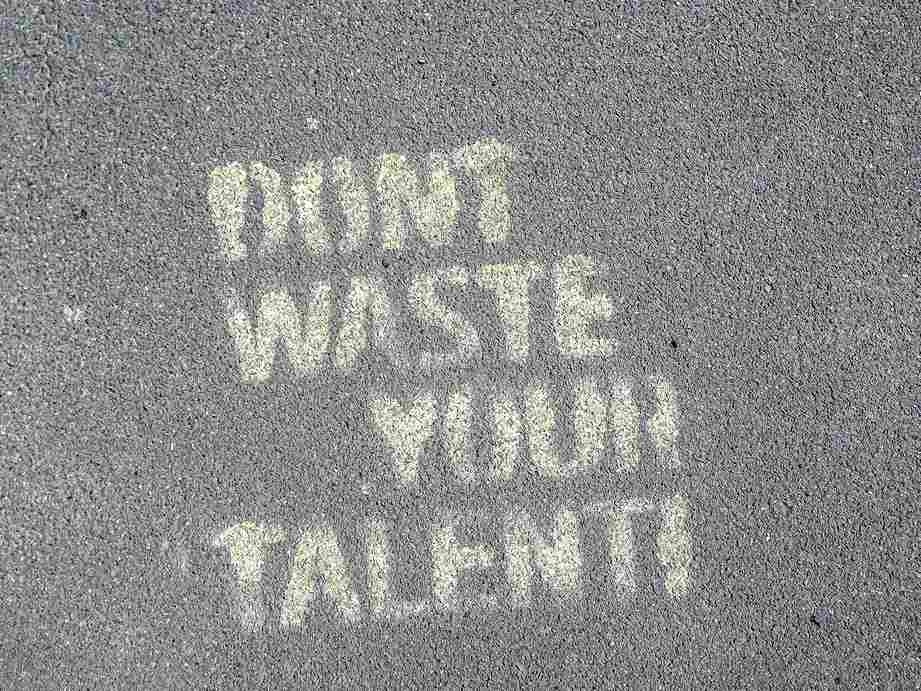What is CV-parsing (resume parsing)?
DefinitionCV-parsing (also called resume parsing) is a process of extracting information from resumes and converting it into a structured format that can be easily stored and analysed by a computer system. This process typically involves using specialised software to scan resumes, identify key information such as candidate name, contact information, education, and work experience, and then input this information into a database or other digital format.
CV-parsing (resume parsing) definition
CV and Resume parsing is an excellent process which automates the storage, import and analysis of data and text on CVs and resumes. It is an efficient way to identify keywords, skills, and so forth in order to sort through large quantities of applications and hire the best candidates.
Resume parsing tools are great for streamlining the resume and applicant screening process. The technology allows you to gather, store and organise large amounts of resumes online. Once all the information is gathered, it is easily searched and analysed.
How does CV/resume parsing work?
Resume parsing typically uses specialised software to scan resumes and extract essential information such as candidate name, contact information, education, and work experience. The software uses algorithms and natural language processing (NLP) to identify and extract relevant data from the resume.
The process starts with uploading the resumes to the software, which then scans them and extracts the relevant information. The software then organises the extracted data into a structured format, such as a spreadsheet or database, which can be easily searched, sorted, and analysed.
The software uses various techniques to extract the data, such as keyword matching, pattern recognition, and machine learning algorithms. It also uses a predefined set of rules and templates to identify specific sections of the resume such as education, experience, and skills.
Once the data is extracted and organised, it can be exported to other systems, such as an applicant tracking system, for further analysis and review. This process can save a lot of time and effort compared to manual data entry, and also enables you to evaluate candidates more efficiently and accurately.
CV/resume parsing benefits
Resume parsing offers several benefits for businesses and organisations looking to streamline their recruitment and hiring process. Some of the key benefits include:
- Increased efficiency: Resume parsing eliminates the need for manual data entry, saving time and reducing the risk of errors.
- Improved candidate matching: By extracting key information from resumes, organisations can more easily identify and match candidates to open positions.
- Better organisation: Resume parsing organises candidate data into a structured format, making it easier to search, sort, and analyse.
- Improved candidate tracking: Resume parsing enables organisations to track candidates’ progress throughout the recruitment process, from initial application to the final hiring decision.
- Cost-effective: By automating the data entry process, organisations can reduce the need for manual labour and the costs associated with recruiting and hiring.
- Integration with other systems: Resume parsing software can be integrated with other methods, such as an applicant tracking system, for further analysis and review.
- Accessibility: Resume parsing allows remote access to resumes and candidate data, making it easier for hiring managers and recruiters to review resumes from anywhere.
CV/resume parsing challenges
Before you take the big step and decide to use a resume parsing tool, it’s important to look at the drawbacks and decide whether this tool is going to help your company or just be a waste of money. Here are some challenges using a resume parsing tool can bring:
- Formatting inconsistencies: Resumes can come in various formats, and if the resumes are not formatted consistently, it can make it difficult for the resume parsing software to extract information accurately.
- Lack of standardisation: With the absence of a standard format for resumes, it can be challenging for the software to extract information correctly, leading to inaccuracies in the data.
- OCR accuracy: Optical Character Recognition (OCR) technology used in some resume parsing software may not always be 100% accurate, which can lead to errors and inaccuracies in the extracted data.
- Handling of non-textual data: Resumes may contain non-textual data such as images, charts, and graphs, which may not be handled correctly by the software.
- Limited language support: Some resume parsing software may only support a limited number of languages, making it difficult to extract information from resumes written in other languages.
- Security concerns: Storing and processing large amounts of personal data can raise security concerns, so it is vital to ensure that the software and the database of resumes are appropriately secured to protect sensitive information.
Tips for CV/resume parsing
Now that you know both the benefits and challenges of a resume parsing tool, we recommend you follow these simple tricks when using one!
Use a standardised format
To ensure that the resume parsing software can accurately extract information, it’s important to use a standardised format for resumes. This includes clear headings, consistent formatting, and standardised language.
Use keywords
The software relies on keywords to identify relevant information. So, HR professionals should encourage candidates to include relevant keywords in their resumes, such as job titles, skills, and qualifications.
Use a reliable software
It is essential to use a reputable and reliable resume parsing software to ensure accurate and efficient results. It’s recommended to research and test different software options before making a final decision.
Use a well-defined database
Having a well-defined database of information that the software will extract from resumes will help it to extract the right data and help HR to find the best match for the job.
Test the software
Before using the software in the recruitment process, it’s a good idea to test it with a sample of resumes to ensure that it is accurately extracting the desired information.
Keep security in mind
It’s essential to ensure that the software and the database of resumes are correctly secured to protect sensitive information.
Future developments and trends in resume and CV parsing
As the digitisation of recruitment processes accelerates, AI and machine learning are increasingly being incorporated into CV/resume parsing tools.
This improves their ability to learn from variations in formatting and language for more accurate data extraction. Natural Language Processing (NLP) is also evolving, enabling parsing tools to better comprehend the subtleties and context of language in resumes.
The integration of parsing tools with other HR tech solutions is anticipated to increase, enabling a seamless data flow between recruitment stages.
However, as parsing tools handle more intricate candidate data, data privacy and security concerns will intensify. And as resumes become more complex with multimedia elements like videos and hyperlinks, parsing tools must adapt to extract relevant information from these non-traditional elements.
In conclusion, while the future of CV/resume parsing holds exciting advancements, businesses must prepare to navigate the accompanying challenges, choosing reliable and GDPR-compliant tools – like JOIN – that remain at the forefront of these trends.


